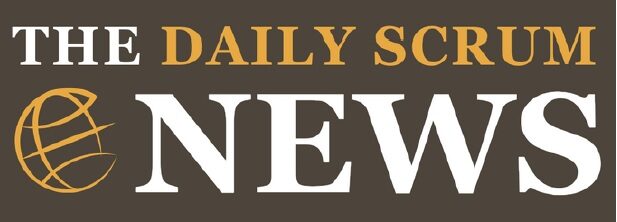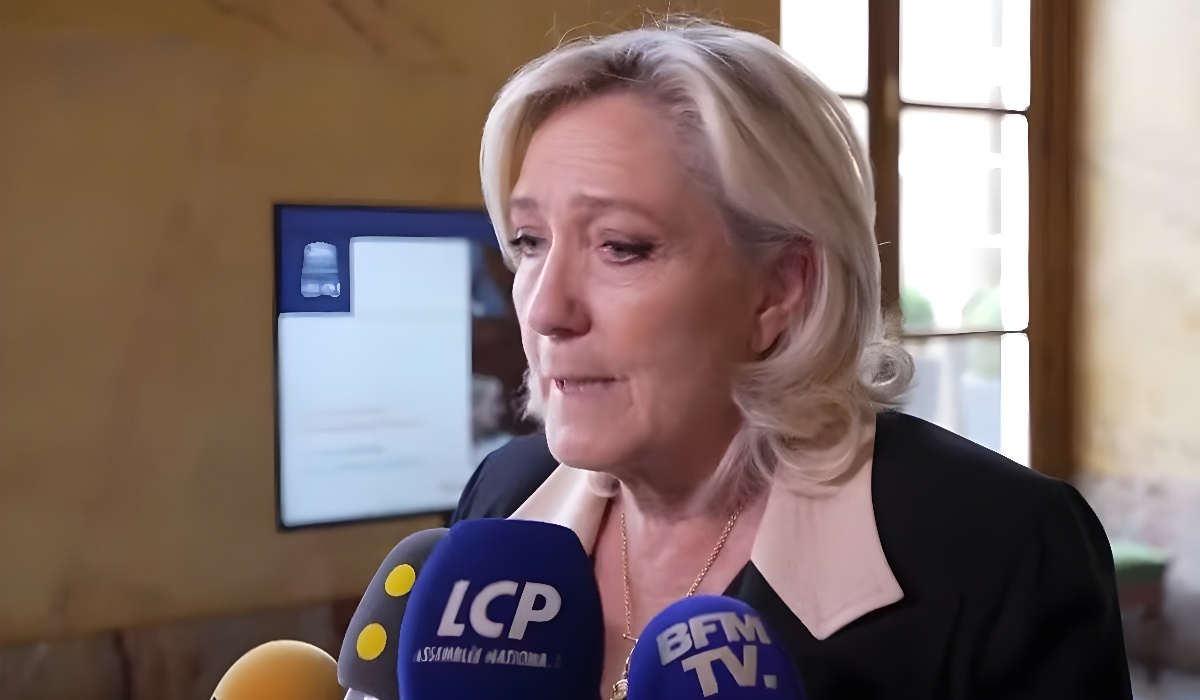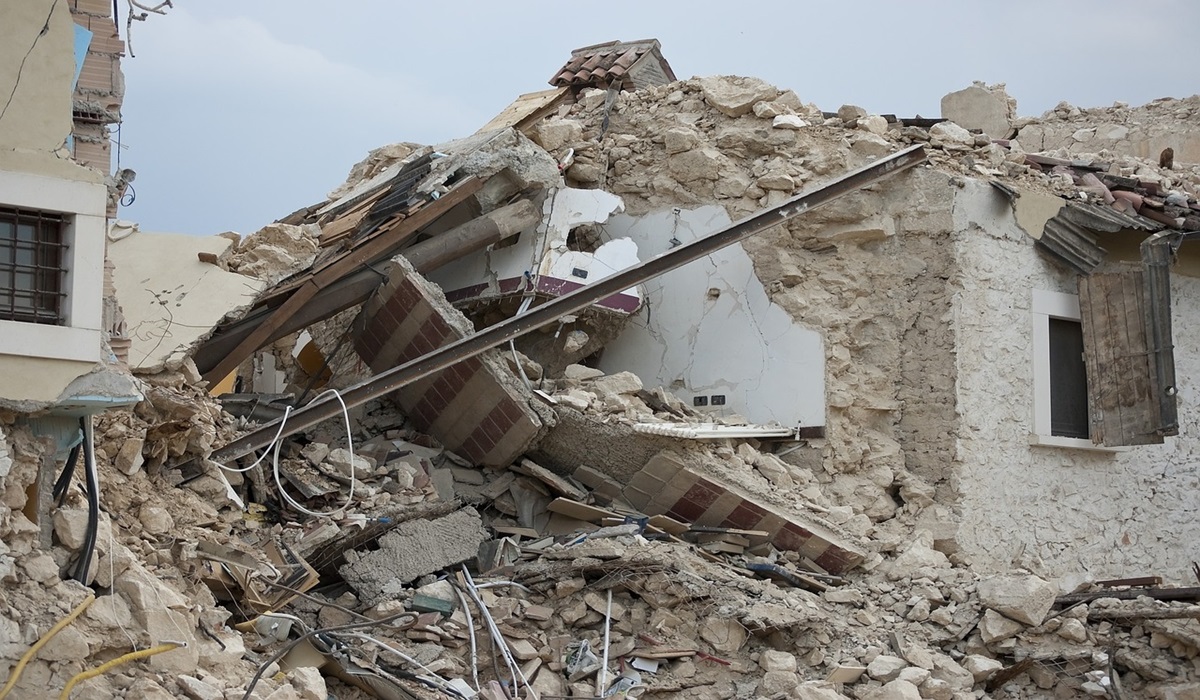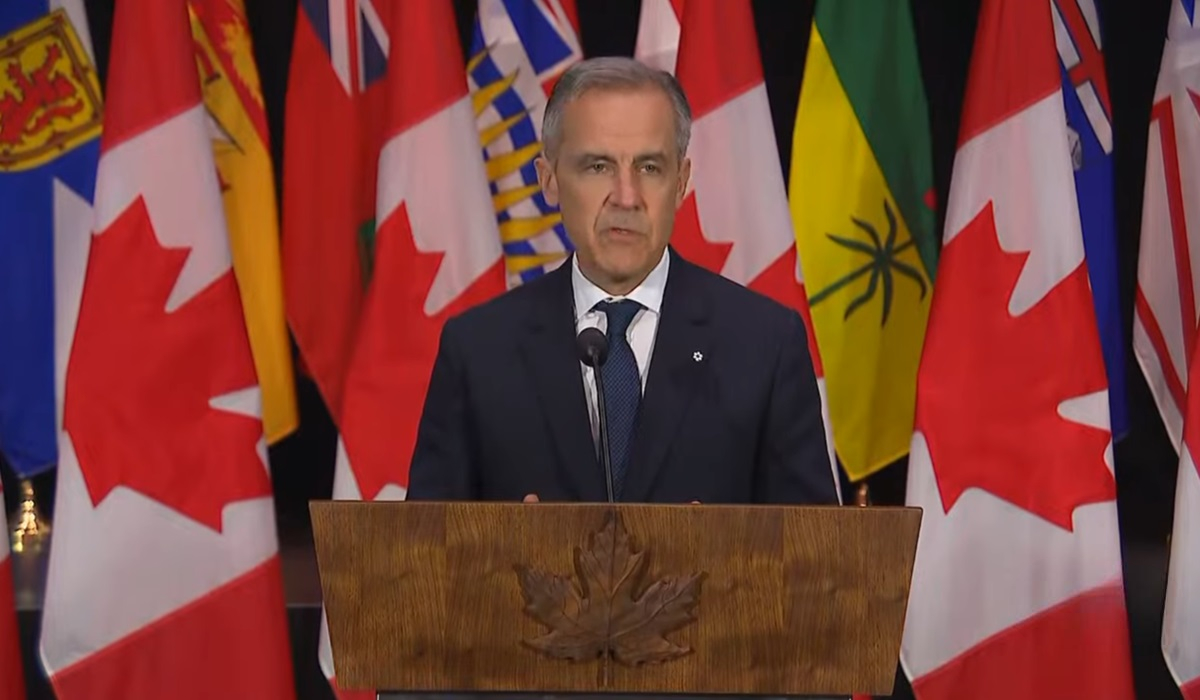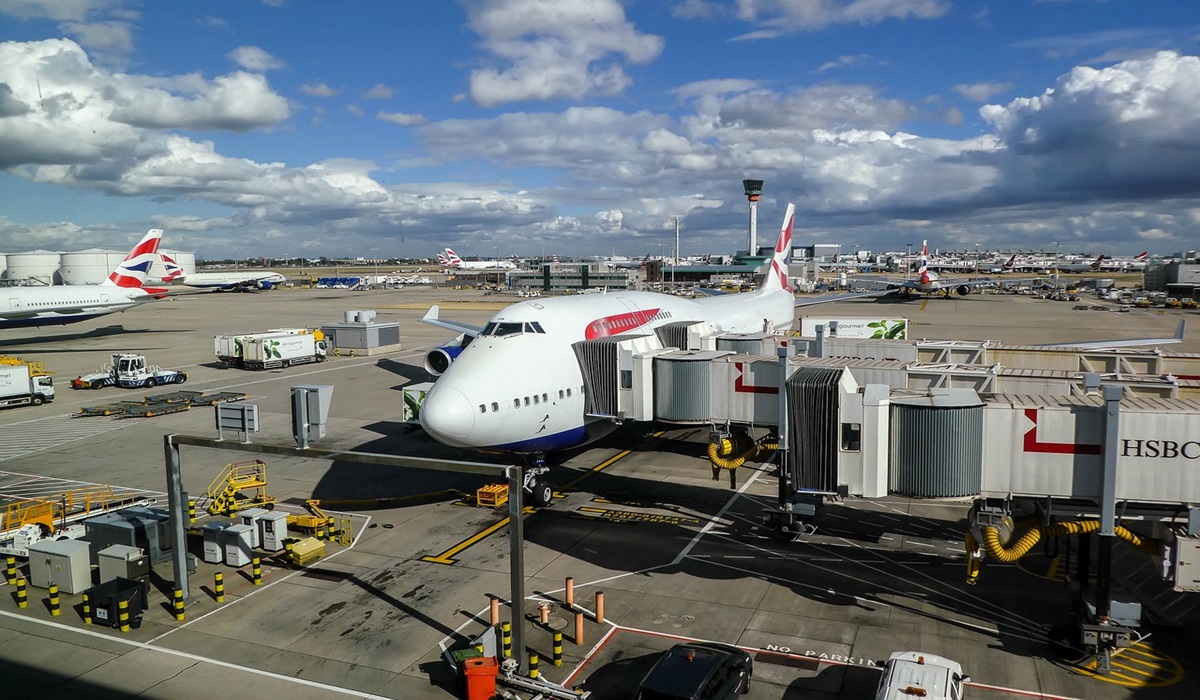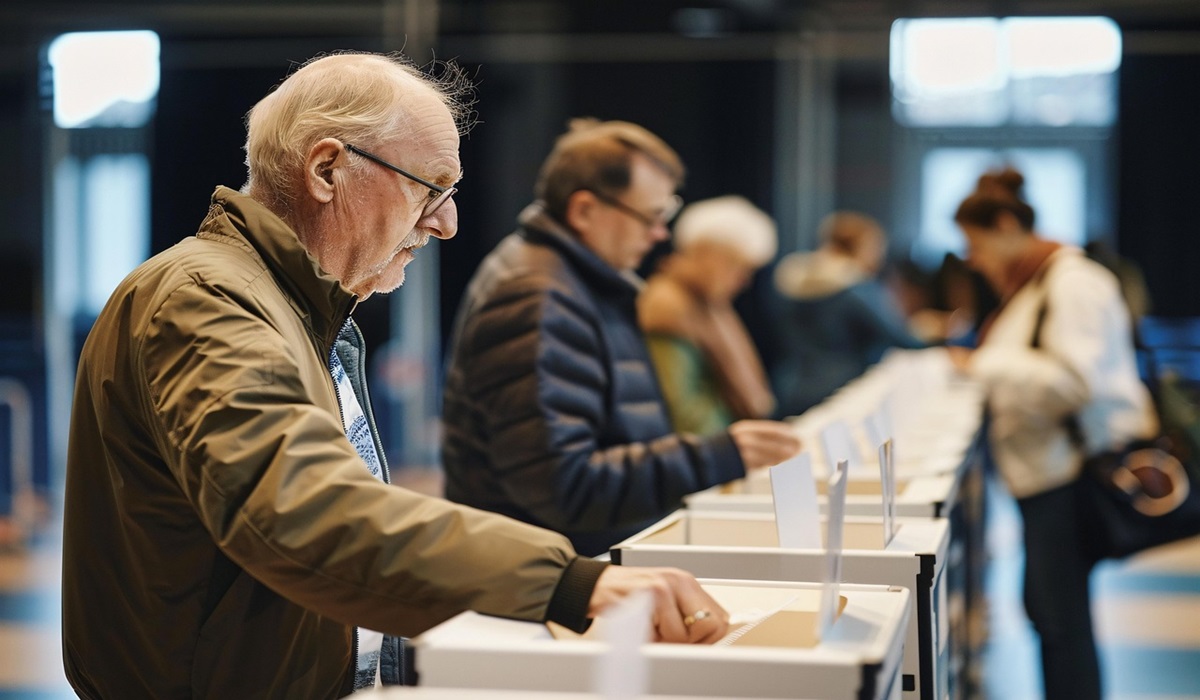Mark Carney to Call Federal Election: What It Means for Each Party
- Ingrid Jones
- Breaking News
- March 23, 2025
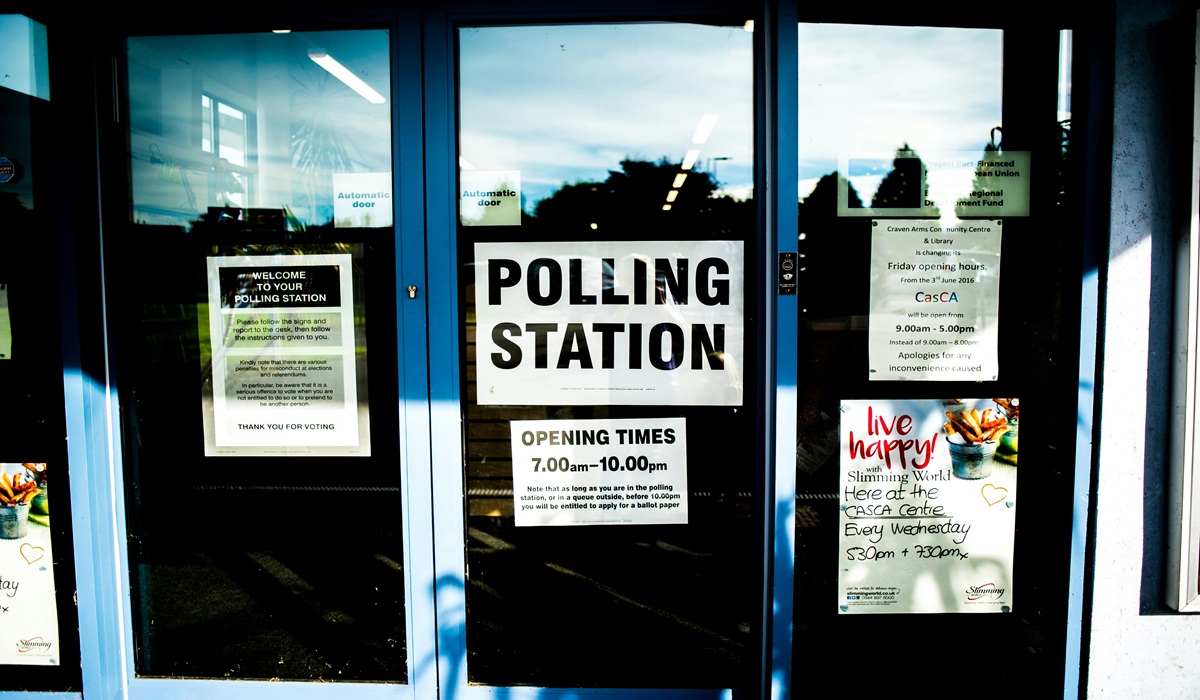
Image Credit, Marc Hatot
OTTAWA — After weeks of speculation and backroom maneuvering, Prime Minister Mark Carney is expected to hold a press conference later today where he will formally ask the Governor General to dissolve Parliament and trigger a federal election. Canadians are now set to go to the polls on April 28 to choose the country’s next leader in what’s shaping up to be a high-stakes, high-speed contest.
Carney’s decision comes amid growing criticism over the timing. While he may believe this is the best moment for his party to seek a fresh mandate, not everyone agrees. “They’ve been pumping out polls that no one I know believes are real,” said one skeptical voter in Toronto. “It just feels like they’re trying to drum up support with smoke and mirrors.”
Still, with the writ about to drop, Canada’s major federal parties have launched their leadership campaigns at full throttle. Here’s what this surprise spring election means for each of them.
For the Liberals, the pressure is immense. Carney, still relatively new as prime minister after succeeding Justin Trudeau, is gambling on a short campaign to consolidate his leadership and fend off growing voter fatigue. His team is expected to run a tightly controlled, message-driven campaign, heavy on economic stability and climate credentials — but Carney’s Bay Street past and cautious technocratic tone may not land well with all voters.
The Conservatives, under the leadership of Pierre Poilievre, sense blood in the water. With months of populist messaging, cost-of-living outrage, and social media blitzes under his belt, Poilievre has been building toward this exact moment. His team believes Canadians are hungry for change — and he’s ready to run a campaign that hammers home a message of economic relief, personal freedom, and an end to Liberal fatigue.
The New Democrats, led by Jagmeet Singh, are walking a tightrope. They’ve propped up the Liberals in Parliament through a confidence-and-supply agreement, but now must pivot hard to differentiate themselves. Singh will likely push hard on health care, housing, and corporate taxation — while fending off criticisms that the NDP have been too cozy with the Liberals for too long.
The Bloc Québécois is poised to turn the election into a referendum on Quebec’s place in Confederation, while the Greens will likely stick to their environmentalist roots and push for stronger climate action — though electoral impact remains limited.
And then there’s the People’s Party of Canada, which could again siphon off votes on the far-right fringe, particularly in rural ridings and among voters angry over COVID-era restrictions.
But in a campaign expected to last barely five weeks, the advantage may go to whoever already has the strongest ground game and clearest message. A snap election favors the fast, the bold, and the well-funded. For all of Carney’s polish and economic credibility, many Canadians remain unconvinced of his political instincts. “I’m not sure he has the fight in him,” said another voter in Calgary. “We need someone who’s not just smart — but sharp.”
No matter how it unfolds, this will be a short, intense campaign that tests the strength of every party leader. With rising distrust in institutions and political polling, the race is wide open — and Canadians will have just weeks to decide who deserves the keys to 24 Sussex.
